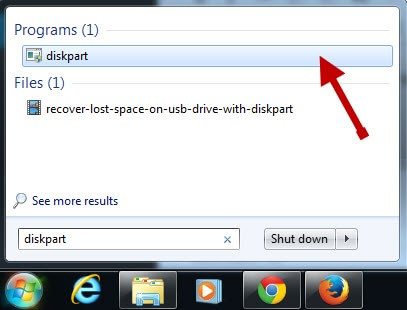

Linux or FreeBSD created its own partitions, they will be visible as actual partitions in Disk Management – as long as they're in the MBR or GPT, they won't simply turn into "unallocated space" just because the filesystem was not recognized. When other operating systems create their partitions on an MBR or GPT disk, they will generally honor the existing partition table and won't start using a different one. However, when Windows finds a partition with unrecognized filesystem, "Disk Management" does not prompt to format or otherwise overwrite it – it simply shows that partition as having an unrecognized filesystem, often shortened as "RAW". Therefore Windows doesn't even get to the point of looking at filesystems – it cannot know where the filesystems are (if there are any). Windows understands MBR and GPT partition tables, but when this prompt shows up, it means neither was found. When the "Disk Management" app prompts for the drive to be initialised, that means it does not even recognize the partition table (which is supposed to indicate which areas are allocated and which are not). When Windows displays a drive as having "unallocated space" and prompts for the drive to be initialised, what exactly does this mean - that the drive has no filesystem on it, or just that the filesystem isn't recognised by Windows? and programs don't need to think about anything other than files and folders. The OS takes care of space allocation, reliability, etc. Or it could just dump data wherever.įilesystems as you know them merely allow all programs within the OS to share the same drive or partition. there are SQL database engines which write the DB into a raw partition). The program could practically invent its own private filesystem that way, or use some other structure (e.g.


A program with sufficient rights can open the raw device file such as /dev/sda4 on Linux or \\.\Device\Harddisk5\DR5 on Windows and read/write bytes into any location. It's not strictly necessary for most operating systems. (Indeed the partition table itself is stored on the same disk, on sectors 0–32ish, and when tools like fdisk or diskpart edit partitions, all they do is update the table stored in those sectors.)ĭoes this mean that outside of Windows, a filesystem isn't necessary to write to a hard drive? Partitions are nothing more than a list of regions that the OS agrees to use – the disk always behaves as a single continuous storage medium and doesn't know care about being partitioned. Yes, any OS can always write to any disk location, whether it's inside or outside a partition. Is it possible for other operating systems to write to unallocated space?


 0 kommentar(er)
0 kommentar(er)
